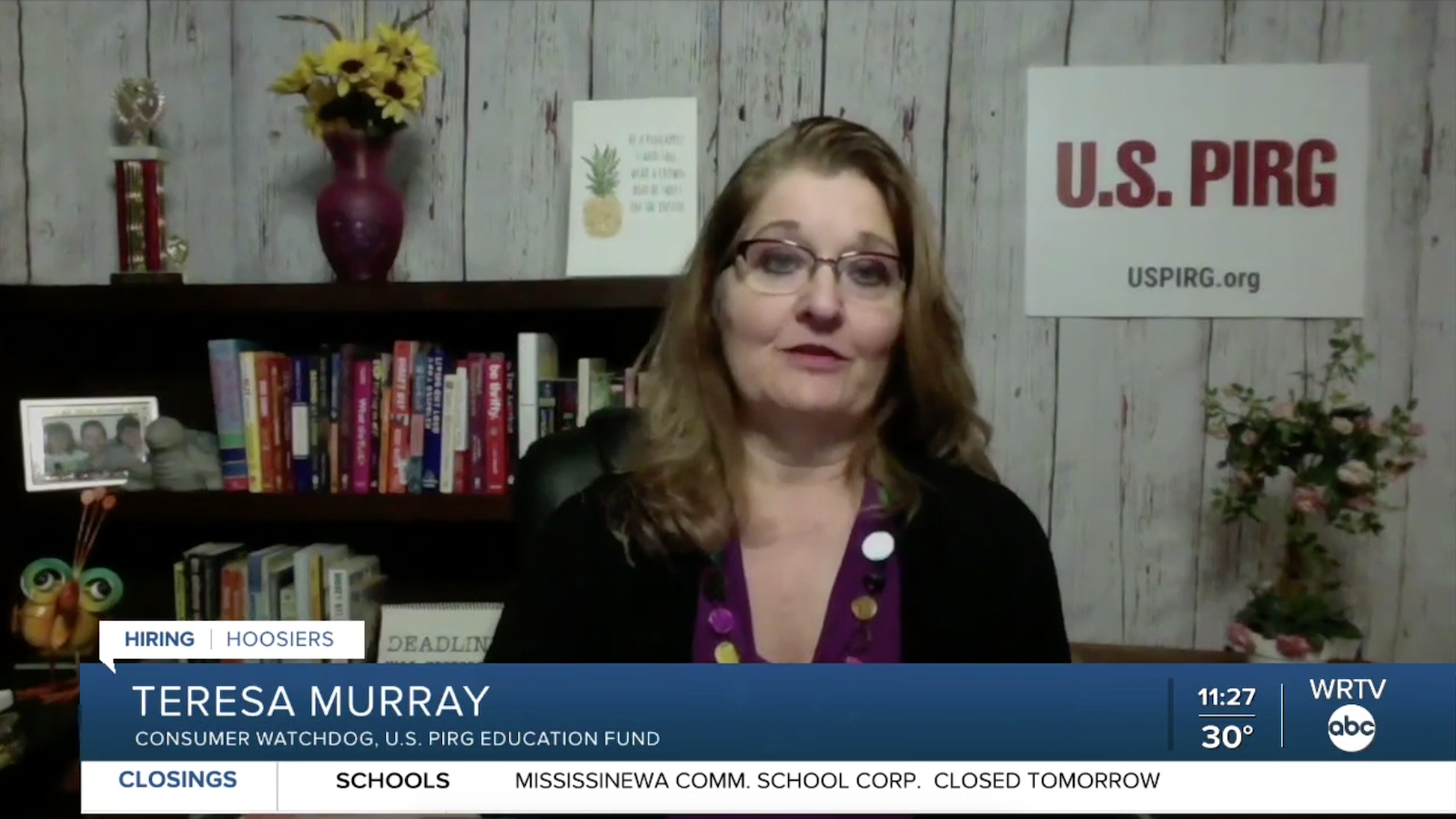
Cleaning and disinfecting safely during the coronavirus outbreak
If you’re like me, you’re spending a lot more time cleaning while sheltering in place. My increased time at home cooking, working, and playing with my children makes a lot of mess! I am also cleaning more as a way to reduce the risk of exposure to COVID-19. I enjoy my cleaning routine; in a day full of zoom calls and wrangling small children, it’s nice to take a break to listen to the radio or music while I wipe down the counters or sweep the floor.
If you’re like me, you’re spending a lot more time cleaning while sheltering in place. My increased time at home cooking, working, and playing with my children makes a lot of mess! I am also cleaning more as a way to reduce the risk of exposure to COVID-19. I enjoy my cleaning routine; in a day full of zoom calls and wrangling small children, it’s nice to take a break to listen to the radio or music while I wipe down the counters or sweep the floor.
But increased cleaning is having some unintended consequences for our health.
According to data from the U.S. Centers for Disease Control and Prevention (CDC), calls to poison control centers for exposure to cleaners and disinfectants rapidly increased in March. The 36% increase in poisoning from disinfectants is likely a side-effect of Americans trying to clean and sanitize our homes to protect from the coronavirus. According to the report, calls related to bleach exposure saw the greatest increase, at more than 60%.
Accidents with cleaning products containing toxic chemicals can happen in a variety of ways. While some of these events result from accidental ingestion by kids (always bad, no matter the cleaning product), others result from mixing cleaners that shouldn’t be mixed, which can produce toxic gas, or severe irritation to the skin from not wearing protective gear.
Two common toxic chemicals in disinfectants can cause serious health problems, from either an accident or from long-term exposure:
- Chlorine Compounds/Bleach: Many people are familiar with bleach. Unfortunately, acute or long-term exposure to bleach and other products containing chlorine compounds can create health concerns, in particular, respiratory problems.
- Quaternary Ammonium Compounds (QAC): There is growing concern about these chemicals and their link to asthma and other health problems. These compounds are often listed on ingredients as “ammonium chloride.”
We can reduce accidents by reading and heeding labels, keeping products away from children, and by not mixing cleaning products. Preventing harm from long-term exposure is more challenging.
But does it really make sense that we are having daily close encounters with dangerous chemicals? If some cleaning agents can cause harm, does it make sense to use them to protect ourselves and our families, when safer alternatives are available?
According to the CDC and other experts, we don’t need these toxic chemicals, and safer alternatives are at our fingertips. In order to protect ourselves from the coronavirus the CDC says:
- The most important things to clean thoroughly are your hands, and basically any soap will do.
- For cleaning high-touch surfaces, the CDC recommends any disinfectant. The EPA has a full list of products it recommends for fighting COVID-19. Some of these disinfectants contain toxic chemicals that produce other hazards; other products use chemicals such as hydrogen peroxide or isopropyl alcohol, which are effective with far less risk. The Environmental Working Group has a comprehensive list of safer disinfectants that are recommended by the Environmental Protection Agency and the CDC. With all disinfectants, it is important to read labels and follow directions. (For example, the non-toxic disinfectant I use needs to be sprayed on a dry surface and left alone to evaporate, not wiped off.)
While we should disinfect high-touch surfaces, it is important to remember that the primary transmission method of COVID-19 is person to person contact. Some viruses and bacteria are incredibly persistent and can remain active on surfaces for weeks at a time. Fortunately, COVID-19 is not one of them.
Bleach and QACs are like sledge hammers being used to kill an ant: they will kill the ant, but are likely to cause a lot more damage. There is simply no need to use these products in the home.
And evidence suggests that COVID-19, like other coronaviruses, is quite easy to kill.
I’m pleased to be able to leave toxic cleaning supplies behind. With two kids under the age of three, reducing the risks to my kids and myself is a no-brainer, especially when so many other risks are outside of my control.
For more information on cleaning products the EPA has recommended for use on COVID-19, you can search the EPA’s database by product or by ingredient.
Topics
Authors
Emily Scarr
State Director, Maryland PIRG; Director, Stop Toxic PFAS Campaign, PIRG
Emily directs strategy, organizational development, research, communications and legislative advocacy for Maryland PIRG. Emily has helped win small donor public financing in Baltimore City, Baltimore County, Howard County, Montgomery County, and Prince George's County. She has played a key role in establishing new state laws to to protect public health by restricting the use of antibiotics on Maryland farms, require testing for lead in school drinking water and restrict the use of toxic flame retardant and PFAS chemicals. Emily also serves on the Executive Committees of the Maryland Fair Elections Coalition and the Maryland Campaign to Keep Antibiotics Working. Emily lives in Baltimore City with her husband, kids, and dog.
Find Out More

PIRG, health professionals combat COVID-19 misinformation

Federal vaccine mandate for nursing homes will save lives

The costs of the digital divide are higher than ever. Repair can help.
